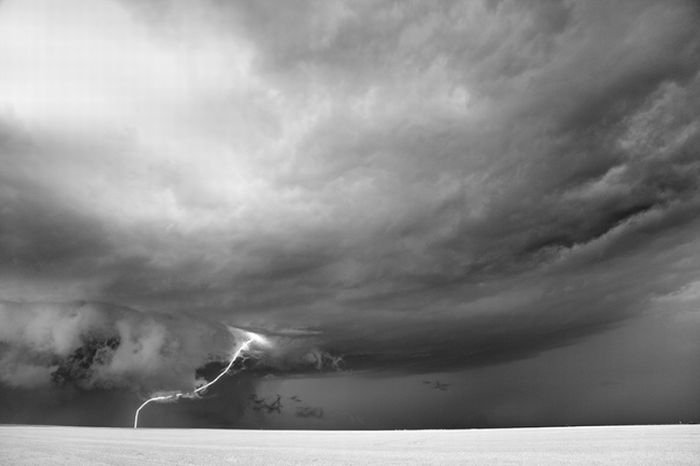|
|
Storms Photography By Mitch Dobrowne
|
A strict meteorological definition of a terrestrial storm is a wind measuring 10 or higher on the Beaufort scale, meaning a wind speed of 24.5 m/s (89 km/h, 55 mph) or more; however, popular usage is not so restrictive. Storms can last anywhere from 12 to 200 hours, depending on season and geography. The east and northeast storms are noted for the most frequent repeatability and duration, especially during the cold period. Big terrestrial storms alter the oceanographic conditions that in turn may affect food abundance and distribution: strong currents, strong tides, increased siltation, change in water temperatures, overturn in the water column, etc.
Storms are not unique to Earth; other planetary bodies with a sufficient atmosphere (gas giants in particular) also undergo stormy weather. A famous example is the Great Red Spot on Jupiter. Though technically an anticyclone with greater than hurricane wind speeds, it is larger than the earth and has been raging for at least 340 years, having first been observed by astronomer Galileo Galilei. Neptune also had its own lesser known Great Dark Spot.
In September 1994 Hubble telescope using Wide Field Planetary Camera 2 imaged the storms on Saturn, generated by upwelling of warmer air, similar to a terrestrial thunderhead. The east-west extent of the same-year storm was equal to the diameter of Earth. The storm was observed earlier in September 1990 and acquired the name Dragon Storm.
|
|









